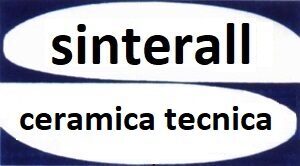Aluminum oxide (or alumina) is the ceramic oxide of aluminum characterized by the chemical formula Al2O3. This material, at first glance very fragile, hides interesting properties when used in the industrial field: not only resistance to acids and high thermal conductivity but it is also a catalyst of industrial interest. It is used in many sectors, such as electronics and mechanics, as well as in the biomedical sector as a grafting material. It is the basis of some minerals such as the ruby and the sapphire, whose differences are found the metallic impurities present in the crystal lattice.
At room temperature it appears as an odorless white solid.

TECHNICAL DATA SHEET: ALUMINIUM OXIDE
CHEMICAL-PHYSICAL PROPERTIES
Alumina is currently used in many fields thanks to a set of chemical-physical properties that make this material suitable for various applications.
The main characteristics of alumina are:
- Good thermal stability
- Good resistance to corrosion in both acidic and alkaline environments
- Excellent dielectric properties (can be used as an electrical insulator)
- Excellent degree of hardness: this material is close to diamond, alumina has a Vickers
hardness of 18000 MPa, while a high speed steel is only 9000 MPa - Excellent resistance to wear: the lifespan of a component made of this ceramic
material is approximately 10-13 times longer (in the same conditions of use) compared
to the same component made of steel - Very good specific surface area (BET): in the micro- and nano-porous forms this material reaches surface area values of 300 m2/g
- Excellent biocompatibility: alumina is used for biomedical applications since (in
addition to the aforementioned properties) this ceramic does not show the
phenomenon of rejection when in contact with living tissues
The negative characteristics are brittleness and low resistance to thermal shock.
